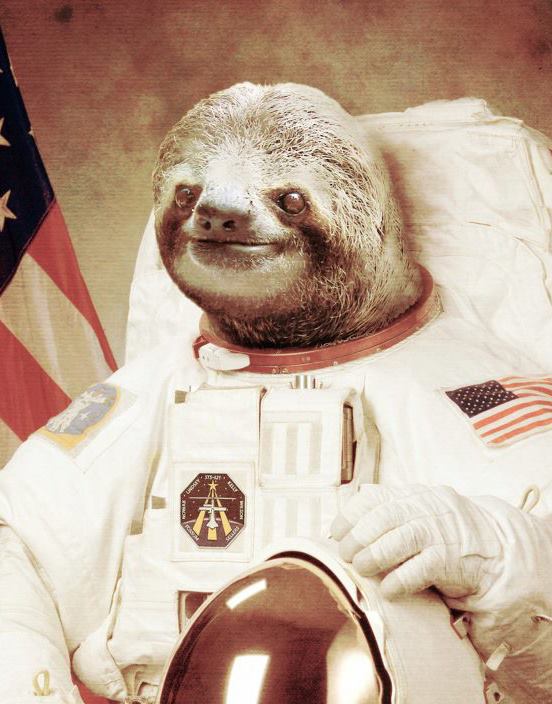Since we know that it isn’t constant with time, how can we be sure that it is constant with space? This might be a reason the variability in our measurements which seem to disagree.
Put another way, why couldn’t the universe expand in one direction preferentially compared to another?
The Hubble constant is an interesting one – it isn’t actually a constant, but if you reframe it as a partial differential equation, the law is very predictable. https://en.wikipedia.org/wiki/Hubble’s_law#Time-dependence_of_Hubble_parameter – so in many ways, it’s just a misnamed phenomenon, and shouldn’t be called a constant at all.
Any place in the universe beyond which we’ve directly sent probes – is assumed to be like those parts we already know. Part of the reason we make this assumption is that: main sequence stars appear to behave identically across vast reaches of space and time. Thus we assume that physics hasn’t changed significantly (at least within the period of time where main sequence stars exist). Because if the physics was different, the stars would be different (spectra, lifecycles, etc.).
I’ll present a tickler I learned in cosmology decades ago, for hand-waving.
Run the big bang backwards – imagine all of the matter and energy of the universe collapsing to a single point. Which point is at the centre? They all are. Run time forwards again and all the points expand outwards from each other, but which point was at the centre that you can use to reference the centre of the universe against? They all were. Thus, I am the centre of the universe. And so are you ;)
This made my brain melt until I learned to visualize this using lower dimensional surfaces (like Riemann spheres). Imagine a beach ball being inflated. It is a two dimensional surface. You’re an ant on the beach ball and all the other points are getting further away, but it’s happening in a uniform way. (The Hubble parameter is something like the rate at which air is added to the beach ball.) Now, run this beach ball backwards through time – it shrinks and shrinks until it becomes a single point, where all points overlap – every point is the centre of the beach ball universe. Run this forward in time again and ask: which point on the surface of the beach ball is the centre of this two-dimensional universe? And the answer is “all of them” and the universe should be uniform in its expansion properties.
It might not be, but that’s the idea.
You can actually run your demonstration, literally in front of your own eyes, using a balloon and drawing some dots on it.
deleted by creator
That makes sense, but how would we then be able to distinguish how much of the redshift is due to the metric expansion of space and how much is due to their velocity vector component in that direction?
deleted by creator
Right, but the velocity component would still be present in some form due to the gravitational attraction between bodies. I don’t know how significant this would be compared to the redshift value from the initial kick from inflation, or if it is possible to separate the two components somehow.
deleted by creator
Wow. So it’s like that adage. However big you think space is, it’s much bigger than that.
It’s hard to fathom scales at which being gravitationally bound is insignificant relative to those type of effects.
deleted by creator
So, this just popped. https://www.livescience.com/space/cosmology/james-webb-telescope-confirms-there-is-something-seriously-wrong-with-our-understanding-of-the-universe which may be relevant. Haven’t read it yet.



